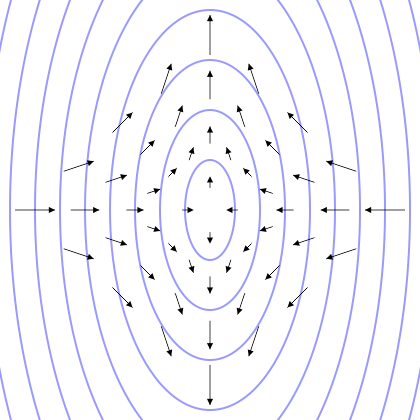Heikki Tuuri
- 164
- 64
https://en.wikipedia.org/wiki/Gravitational_waveAs a gravitational wave passes an observer, that observer will find spacetime distorted by the effects of strain. Distances between objects increase and decrease rhythmically as the wave passes, at a frequency equal to that of the wave. This occurs despite such free objects never being subjected to an unbalanced force.
asca, the frequency of a gravitational wave in LIGO is around 300 Hz. The speed of sound in rock is roughly 5 km/s. During one cycle of the wave, sound only propagates 17 meters, which is a small fraction of the LIGO arm length of 4 km.
That is, the rock does not have time to adjust to the changed distances.
The light which is used to measure the distance, on the other hand, does adjust very quickly. We are able to measure the new distance with the light.
If the frequency of the gravitational wave would be very slow, then the stress in the rock would eventually bring the ends of the arm to the same distance as they were before the gravitational wave. Then you would no longer notice any changed spatial geometry.
A source of confusion may be that an arm of the LIGO itself is a "ruler". If that "ruler" would immediately adjust to the new geometry, so that it would no longer be under a stress, then we would not be able to observe the changes in the spatial metric.
